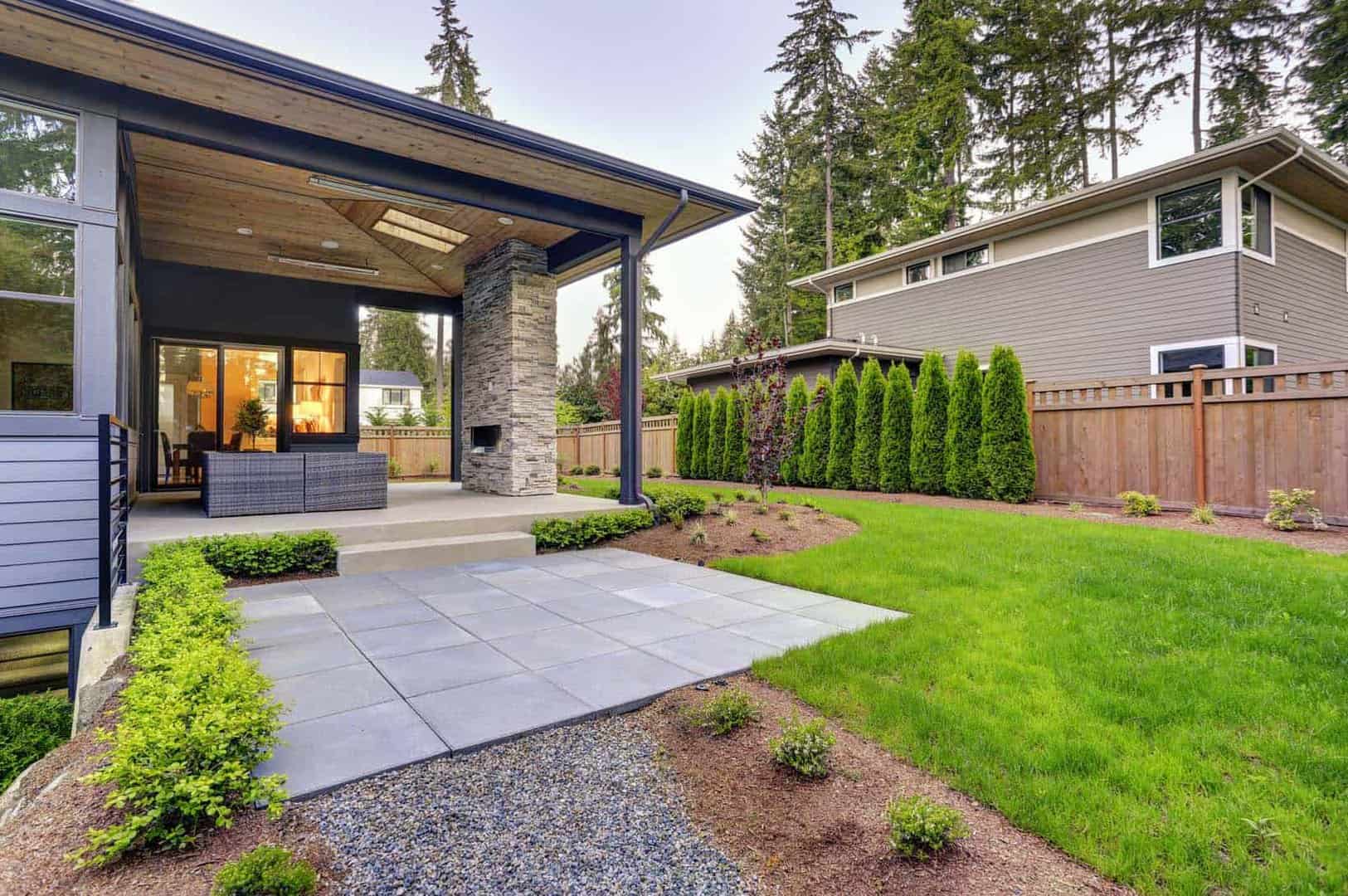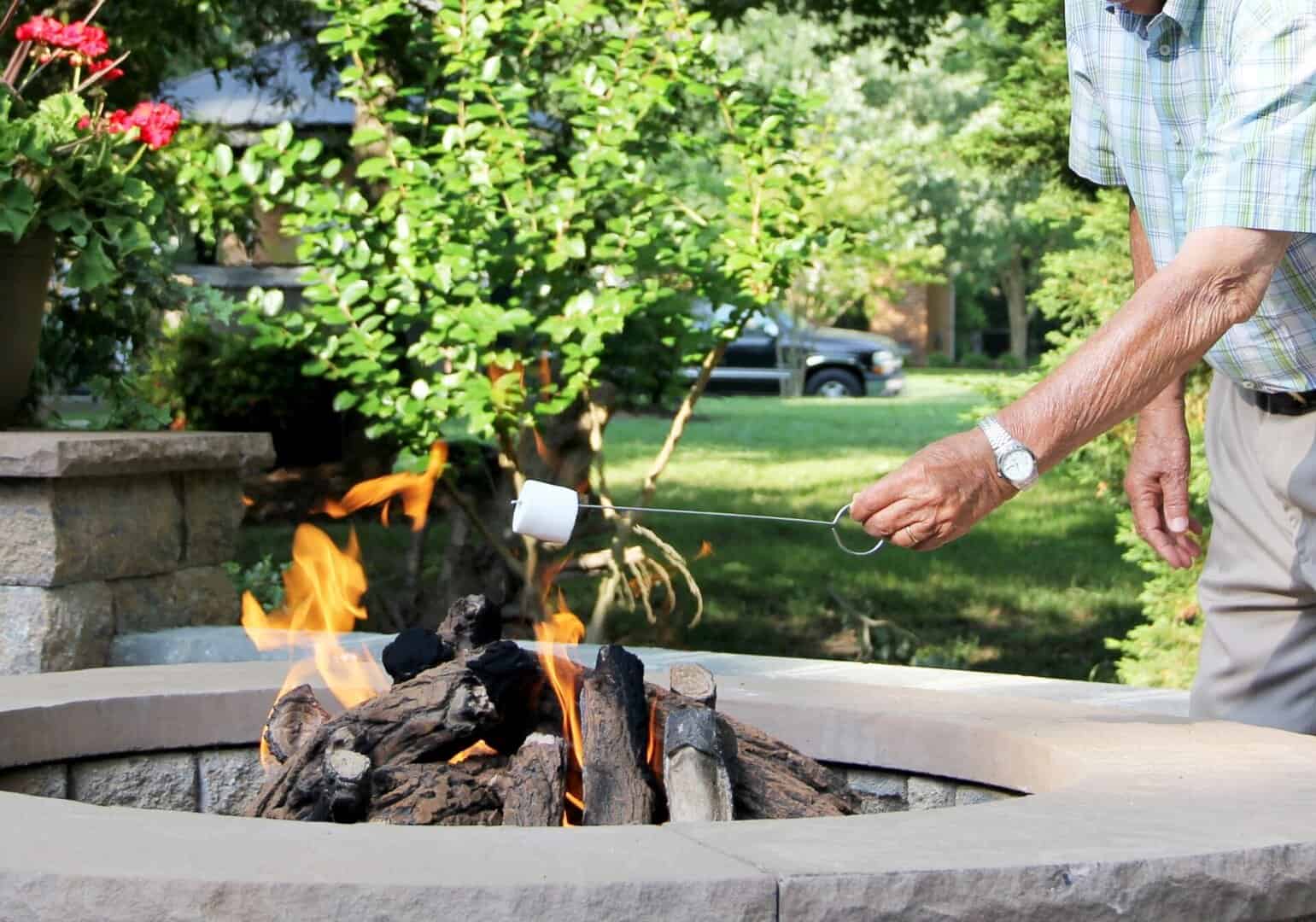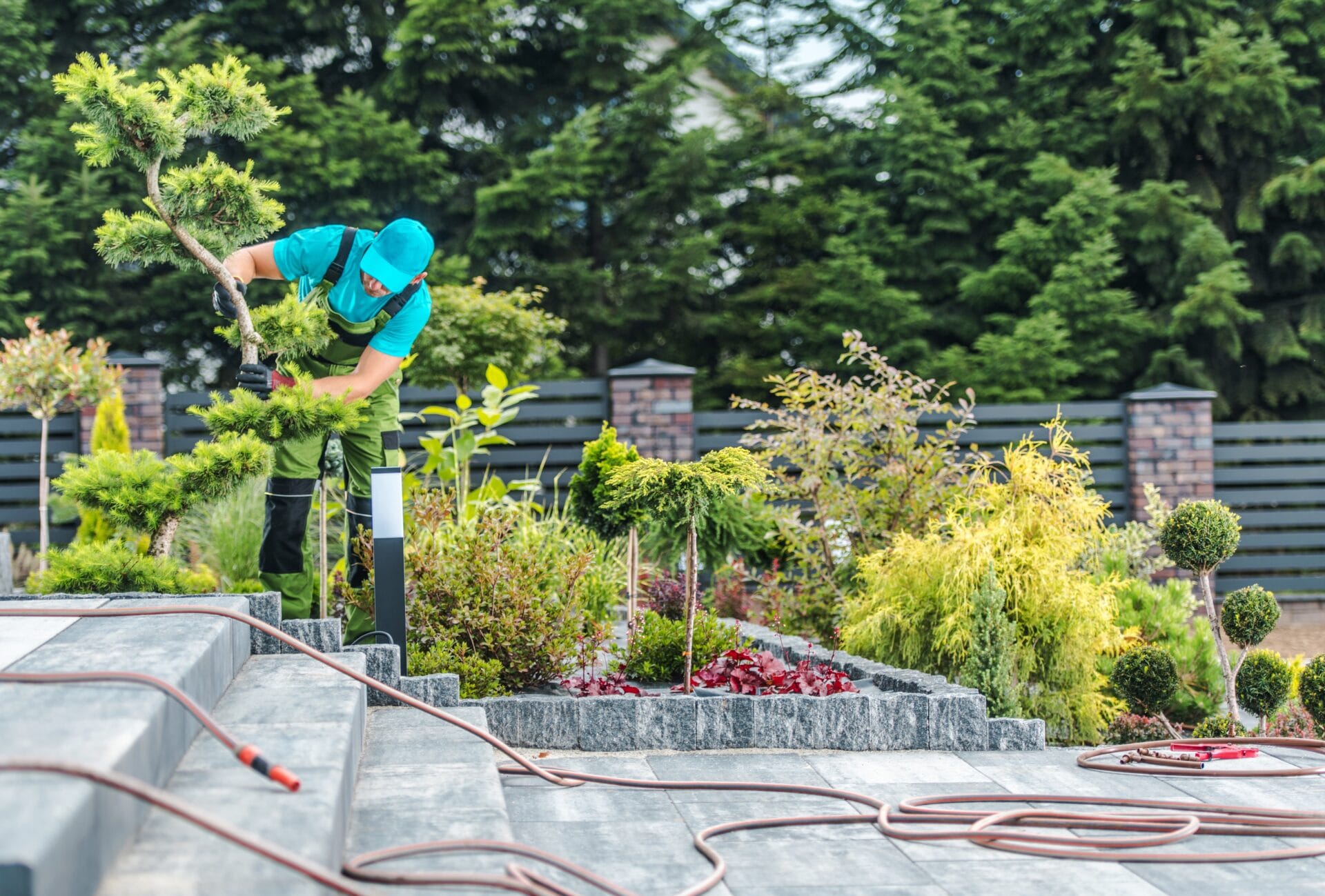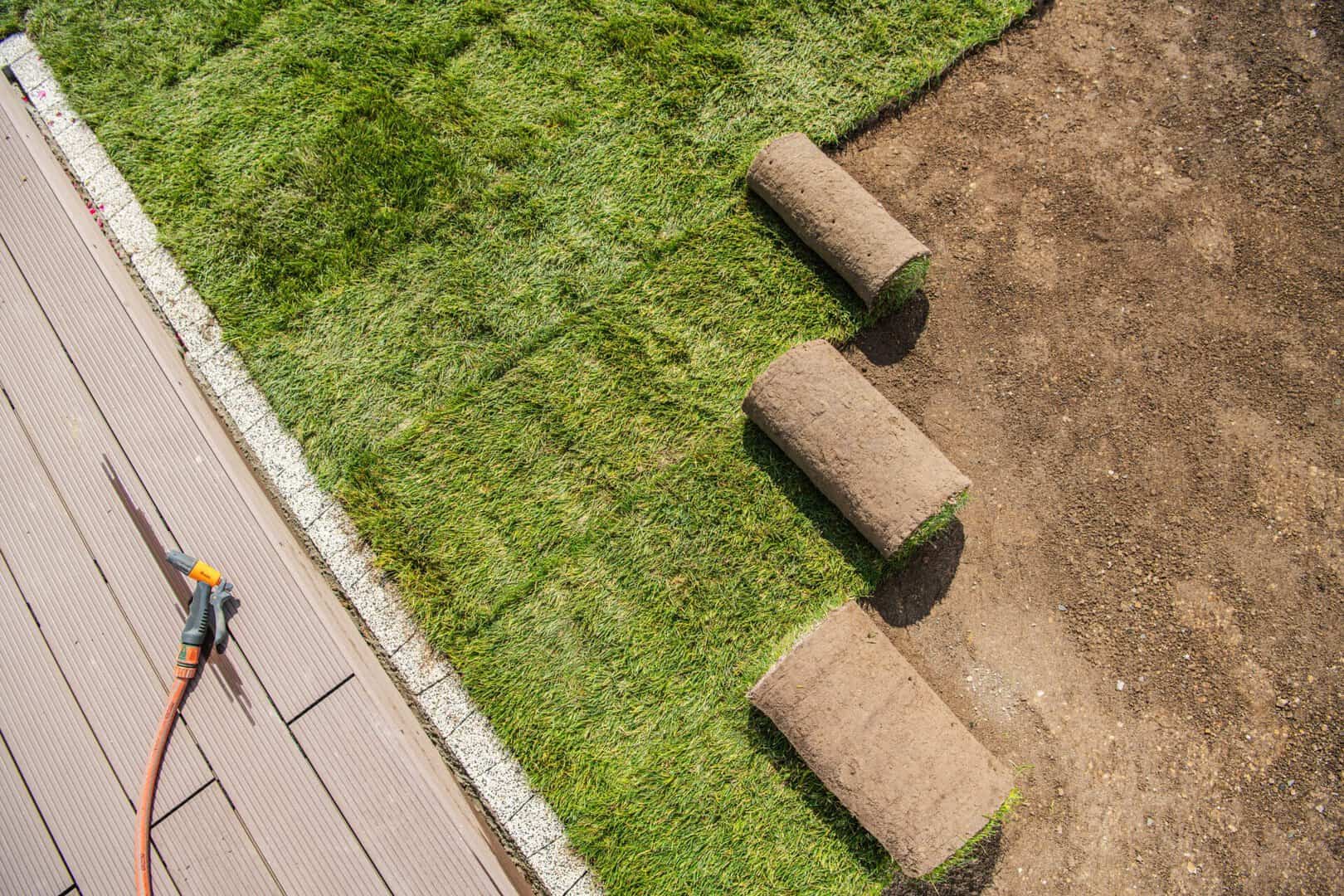Fire Features – On their own, outdoor spaces, like backyards and patios, make a property doubly attractive. But if a fire feature is added to the backyard or patio, enjoyment of the space is multiplied many times over.
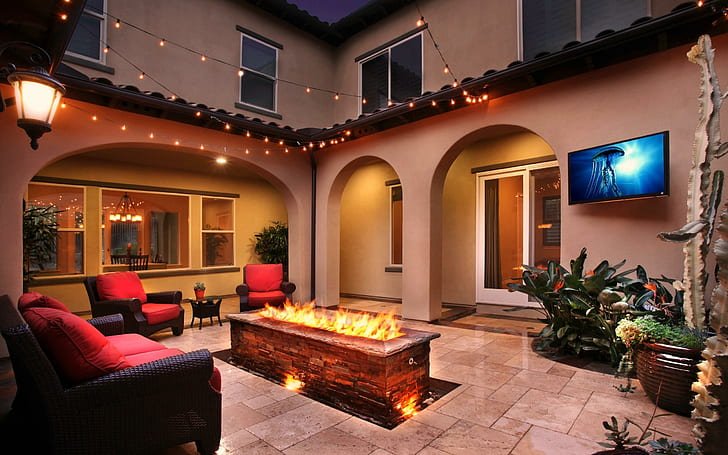
Fire features are superb for entertaining guests, spending time together as a family, or simply enjoying the quiet of one’s own company. They offer a novel way to prepare meals, add charm to a property, and as Doug Anderson Management points out, greatly improve its market value. That is in addition to keeping you warm and cozy in the colder months.
But which type of fire feature should you install in your property? Should it be a fire pit, fireplace, or a more novel option? Currently, there are around seven different types of fire features in the market, but the most popular ones are fire pits and fireplaces.
Although all of them serve the same basic function, each one is better at meeting the needs of certain kinds of homes and individuals. This post will take you through the available fire feature options and help you choose the one that is best for you.
Types of Fire Feature
1. Fire Pits
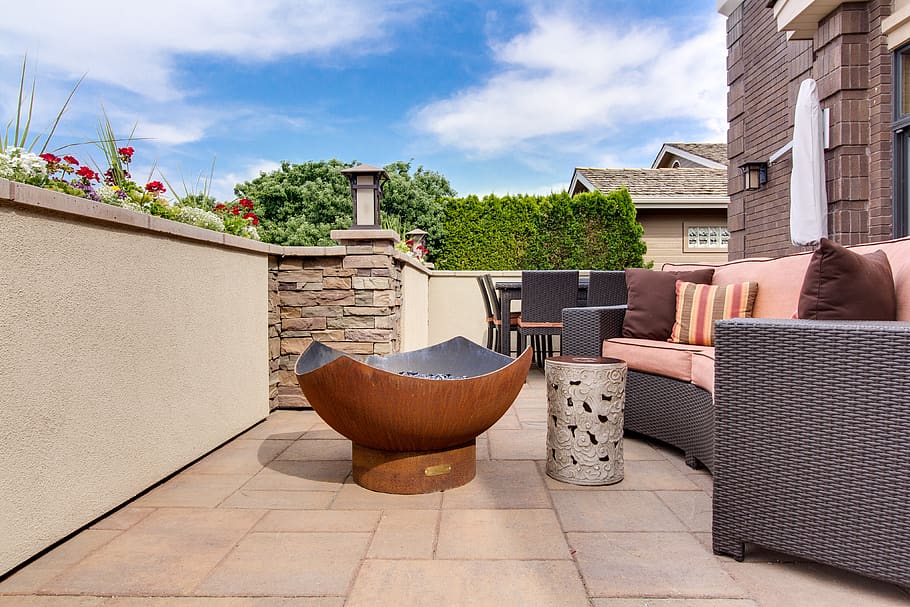
This is the most common type of fire feature. The traditional fire pit is a hole in the ground encased in brick or metal. But modern fire pits have come a long way; they can be constructed from brick, stone, or even copper. And they designed to use natural gas, gel fuel, and propane, instead of wood and charcoal.
2. Fire Bowl or Fire Dish
Fire bowls consist of a wide metal bowl on legs, with fire is built inside the belly of the bowl. The main difference between a fire pit and a fire dish is portability. The fire dish is smaller, lighter, and easier to transport. In reality, it is just a mobile version of the fire pit.
3. Fire Tables
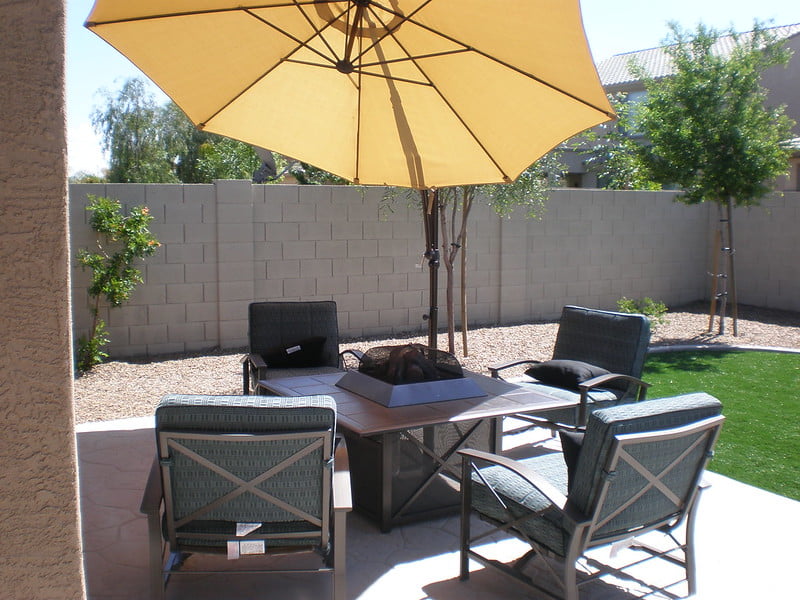
Fire tables double as a fire pit and table; they are functional tables with a small fire in the center. Fire tables are great for warming a patio but are not recommended for cooking. Their main attraction is that they can be used indoors.
4. Outdoor Fireplaces
An outdoor fireplace is quite different in construction from a fire pit. Unlike fire pits, fireplaces have a firebox where the fire is enclosed. One of their biggest draws is that they can be used as a wood-fired oven for cooking. Outdoor fireplaces can be portable or in-built.
5. Fire Features

This is a small fountain with a fire nestled in its center. Typically, they are used as decoration, since they are not very effective for warming an area. They allow you to bring a dimension of class to your patio or backyard settings.
6. Fire Columns
This is another design that is suited for decorating a space. It features a slim column with fire at the top of it. Some fire columns have a glass casing at the top around the fire. They are mostly powered by natural gas or propane.
7. Chiminea
Chimineas originated in Mexico and are shaped like a vase with a large round belly and a long narrow neck that serves as the chimney. The belly of the vase is open on one side to serve as the hearth. Chimineas stand on legs and they are portable.
Important Considerations For choosing a fire feature
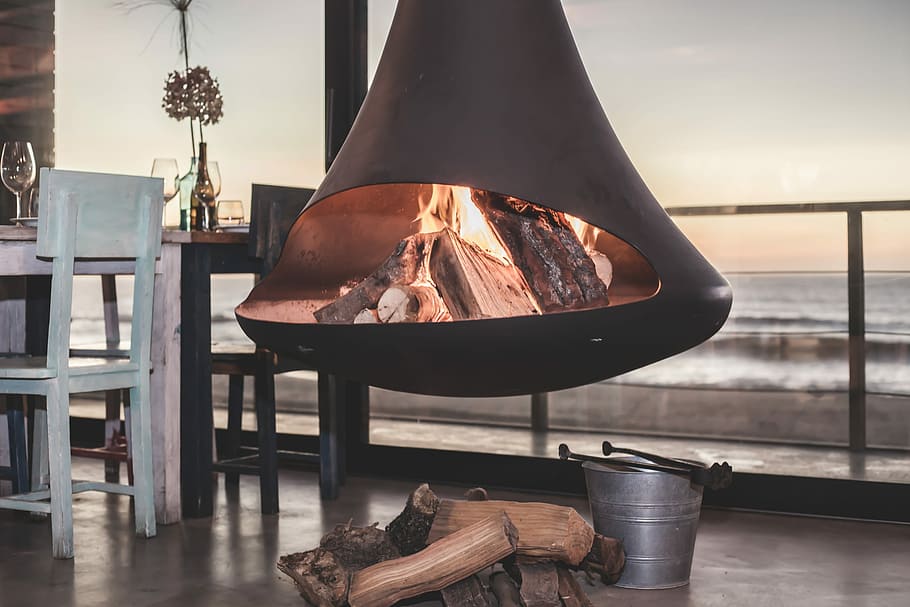
The specific fire feature that suits your home will be determined by how you intend to use it. Here are the things to consider before making a choice.
1. Number of People
The greater the number of people in the area, the bigger the fire needs to be. Intimate settings with few persons need one of the smaller fire features. Large groups may require an outdoor fireplace, fire pit, or a fire dish.
2. Ease of Use
In windy conditions, a fire pit or fire dish may not be ideal; it is harder to light and flying embers can create problems. On the other hand, a fireplace is enclosed and not so easily disturbed by the wind.
3. Think of Smoke
If there are going to be issues with smoke, a gas or electricity powered-option is better. If there is no way for smoke to go upwards and away from people, fire pits, fireplaces, fire dishes, and Chimineas are not recommended.
4. Portable or Fixed
Are the needs of the home served better by a fixed or a portable fire feature? Is the space so small that the fire feature needs to be moved out of the way when not in use? Or is space not an issue?
5. Fire Features – Wood Versus Gas
There is an effect that comes with wood fires that are not replicable with a gas fire. However, gas fires are easier to light. Also, with gas fires, there is no fear of starting a wildfire. Whatever decision you make on which fire feature to use, each of these options will still allow you to enjoy the warmth and ambiance of having a fire feature in your home.

